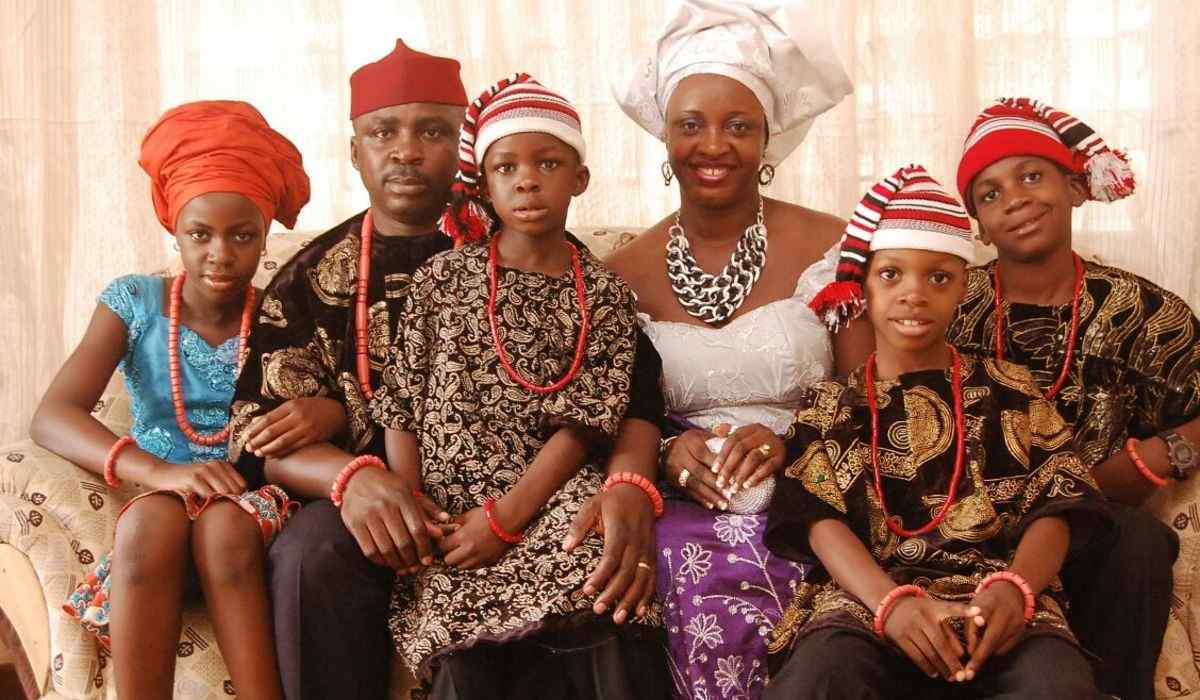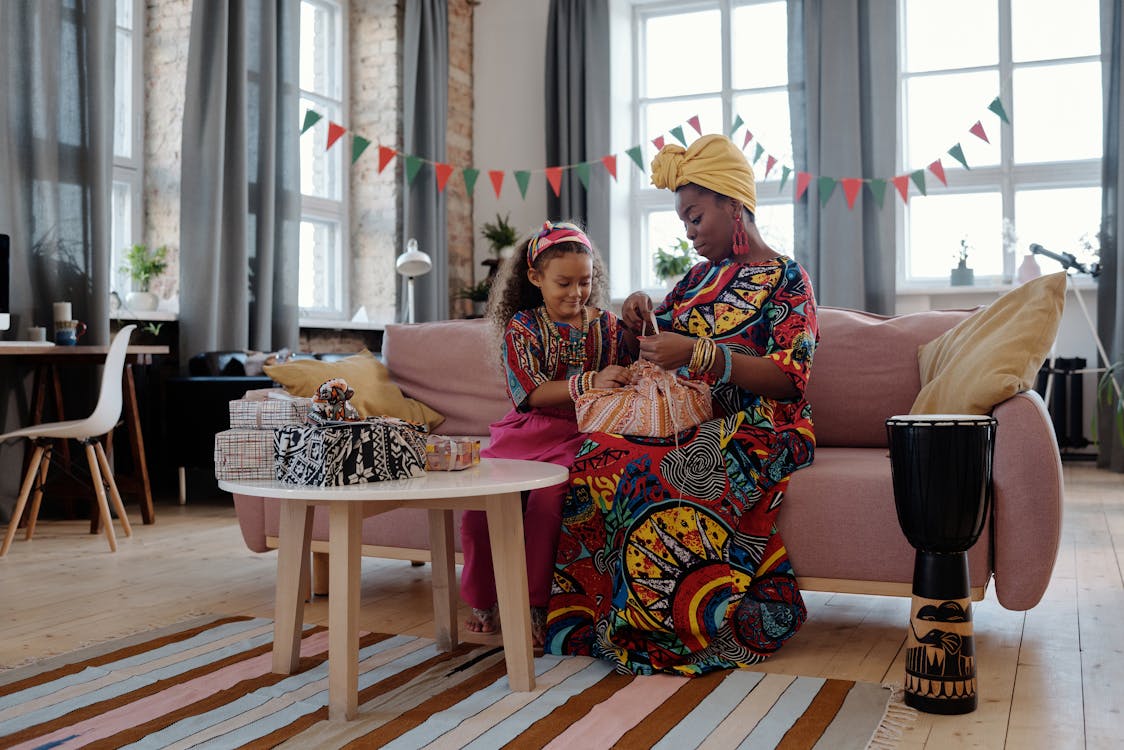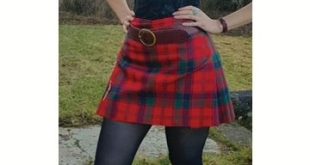Africa has always been associated with mysteries and unusual stories, customs, and traditions. It is a continent of diverse cultures, traditions, and climates, and the clothing worn by its people often reflects these influences. But does African clothing have anything to do with the weather? The answer is a resounding yes.
Traditional African clothing is deeply connected to the environment, not only as an expression of cultural identity but also as a practical response to the continent’s varying weather conditions. From the arid deserts of the Sahara to the lush, tropical climates of West Africa, the way people dress is often influenced by their surroundings. Let’s explore how does African clothing have anything to do with the Weather in this post:

Does African Clothing Have Anything to do with the Weather?
Africa’s diverse weather conditions play a significant role in shaping the traditional garments worn across the continent. In regions with hot and dry climates, such as the Sahel or the Sahara, light, breathable fabrics like cotton are commonly used. These materials allow for air circulation, helping to keep the wearer cool under the scorching sun. Loose-fitting garments, such as the boubou in West Africa or the djellaba in North Africa, provide comfort and protection against heat while allowing freedom of movement.
In contrast, areas with cooler or rainier climates, such as parts of East and Southern Africa, have traditional clothing designed for warmth and durability. For example, the Basotho blanket, a thick woolen garment, is popular in Lesotho’s highlands, where temperatures can drop significantly. Similarly, waterproof materials made from animal hides or treated fabrics are used in some regions to shield against heavy rains. This adaptation demonstrates how African clothing is not only an artistic expression but also a functional response to the environment.
How Does African Traditional Clothing Help with the Weather?
1. Lightweight and Breathable Fabrics
African clothing often features lightweight and breathable fabrics designed to suit the continent’s predominantly hot climates. Cotton and linen, for instance, are widely used because they wick away moisture and allow for airflow. The flowing robes worn in regions like Mali, Nigeria, and Morocco are excellent examples of how design and fabric work together to combat heat.
2. Protection from the Sun
Head coverings like turbans and wide-brimmed hats are common in many African cultures, particularly in desert regions. These accessories shield wearers from intense sunlight, reducing the risk of heatstroke or sunburn. Similarly, garments with long sleeves and loose fits protect the skin while still allowing air circulation.
3. Adaptations for Rainy and Humid Areas
In tropical regions with heavy rainfall, like parts of Central and West Africa, waterproof and durable materials are essential. Traditional rain cloaks made from palm leaves or animal skins were used historically to keep dry during downpours. Today, modern interpretations of these garments often incorporate synthetic waterproof materials while preserving traditional designs.
4. Insulation for Colder Regions
Though many think of Africa as uniformly hot, certain regions experience cold weather, particularly at high altitudes. Traditional clothing in these areas incorporates thick, insulating materials. For example, the Maasai people of Kenya and Tanzania often wear shúkà (colorful, plaid blankets) to stay warm during chilly nights.

Weather and Modern African Fashion
While traditional African clothing was primarily influenced by practicality and the environment, modern African fashion often blends cultural heritage with contemporary trends. Designers today draw inspiration from traditional garments while using modern fabrics and techniques to create weather-appropriate clothing.
For instance, many African designers incorporate lightweight, moisture-wicking materials into their creations, ensuring comfort in hot climates while maintaining the vibrant colors and patterns characteristic of African attire. Similarly, winter collections from African designers include heavier fabrics and layered designs that cater to colder climates while staying true to African aesthetics.
Cultural Significance of African Clothing Beyond Weather
While weather has significantly influenced African clothing, it’s important to note that these garments are also deeply rooted in cultural and spiritual significance. Colors, patterns, and styles often symbolize status, heritage, and personal identity. For example, Kente cloth from Ghana is more than just a brightly colored fabric; each pattern and color combination has a specific meaning, reflecting the wearer’s history or aspirations.
This dual functionality—practicality for the weather and cultural symbolism—makes African clothing unique. It is a testament to how clothing can simultaneously serve a functional purpose while celebrating identity and tradition.
Conclusion: African Clothing and How Does it Help with the Weather Changes
So, does African clothing have anything to do with the weather? Absolutely. The practical designs, choice of fabrics, and styles of traditional African clothing are often tailored to suit the diverse weather conditions across the continent. From breathable materials for hot climates to insulated garments for colder regions, African clothing reflects an ingenious blend of practicality and artistry. Modern African fashion continues to honor this connection to the environment while embracing innovation.
Understanding the relationship between African clothing and the weather not only highlights the creativity of African cultures but also offers insight into how tradition and environment can work in harmony. Whether you’re exploring the vibrant boubous of West Africa or the functional Basotho blankets of Lesotho, African clothing is a remarkable example of adapting to and thriving in diverse climates.
FAQs
1. How does African clothing differ by region?
African clothing varies greatly by region due to differences in climate, culture, and available resources. For example, desert regions favor lightweight, breathable fabrics, while colder areas use thicker, insulating materials.
2. What fabrics are commonly used in African clothing?
Common fabrics include cotton, linen, wool, and locally made materials like Kente cloth and mud cloth. These fabrics are chosen for their ability to suit specific weather conditions and cultural significance.
3. Why is African clothing so colorful?
The vibrant colors and patterns in African clothing often have cultural and spiritual significance, representing personal identity, status, or heritage. They also reflect the region’s rich artistic traditions.
4. How has modern fashion influenced traditional African clothing?
Modern fashion has introduced new fabrics and techniques to African clothing while preserving traditional styles. Designers often merge functionality with cultural aesthetics to create versatile and weather-appropriate garments.



